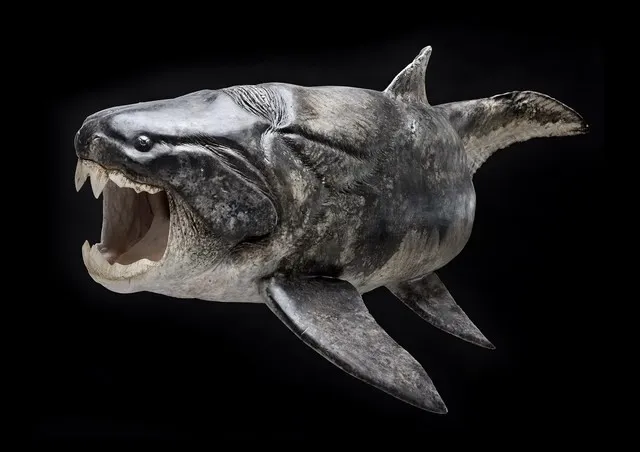Riding the armored fish in your 3DExperience environment

I am fascinated by evolution in all forms. Did you know that …instead of teeth, Dunkleosteus possessed two pairs of sharp bony plates which formed a beak-like structure. No real teeth, but at least they had jaws, which was not a part of the universal basic income package 380 million years ago.
Which brings us to the question of how to work with a 3DExperience platform within the same enterprise in multiple environments. Every developer may need to work separately with the exact copy of the latest release setup and not disturb others. Then come all kinds of testing and sandbox environments, and eventually production. 3DExperience 3DSpace application server setup alone has in excess of 1800 dependencies, and manually reinstalling a damaged environment every single time is not an option. Regular virtual machines are way too heavy.
In order to hunt and slice efficiently, Dunkleosteus grew these bony plates, …that’s why we recommend Docker. Generate Docker containers as a part of your standard pipeline build process: an Oracle database server for one image, 3DSpace and other application components for another. Save them all to your own private Docker Trusted Registry. Then distribute docker-compose to all developers and let them roam the seas. Setting up 3DX will now take 15-30 min for each component, subject only to your network connection capacity – because the 3DExperience environment can be pretty large. Not as large as Dunkleosteus, mind you. On the next step you can save your Docker containers locally, and then develop new functionality or fix bugs while knowing you are just a few clicks away from restoring the original version – in case something accidentally goes wrong.
Conclusion: grow your teeth, use Docker for 3DExperience and get a major evolutionary (and competitive) advantage.